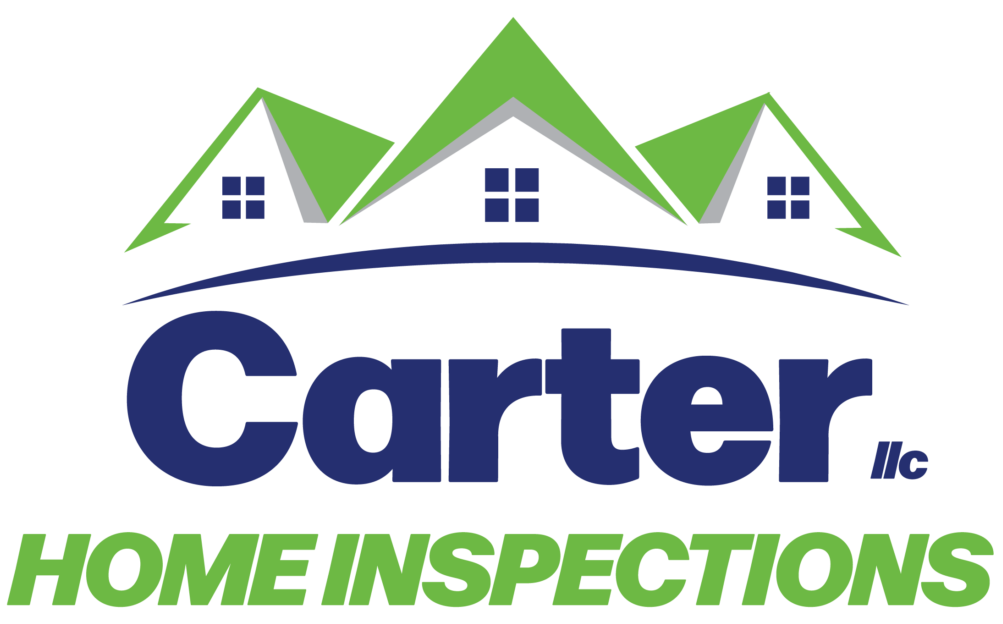
Investing in real estate can be a thrilling journey, but it comes with its fair share of challenges, especially when considering a property with a history of flood damage. So, what are some of the challenges that you may encounter with this kind of property?
One of the primary concerns when buying a flood-damaged property is the hidden aftermath that may not be immediately apparent. Floodwaters can cause extensive damage to a home’s foundation, and even weaken it over time. Submerged support structures and the gradual erosion of building materials may lead to compromised stability, setting the stage for a cascade of structural problems.
Mold becomes a pervasive issue in the wake of flood damage, often taking root within walls, ceilings, and crawl spaces. Not only does mold pose health risks, but it can also silently undermine the structural integrity of a property.
Repairing flood-damaged properties can be an intricate and costly process. Structural components such as load-bearing walls, beams, and foundations may require extensive rehabilitation, adding a substantial financial burden to the overall investment. Moreover, the long-term impact of flood damage may compromise the structural soundness of the property, necessitating ongoing maintenance and repairs.
A thorough inspection by a qualified professional is imperative when considering such a purchase. Assessing the foundation’s stability, identifying potential weaknesses in load-bearing elements, and examining the overall structural health of the property are critical steps in mitigating the risks associated with flood-damaged homes.
In conclusion, the structural challenges of purchasing a flood-damaged property should not be underestimated. Vigilance in assessing the hidden aftermath, addressing potential mold issues, and understanding the long-term implications on structural integrity is essential.
